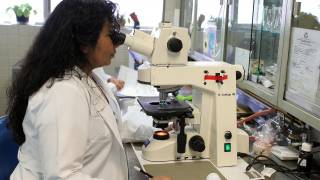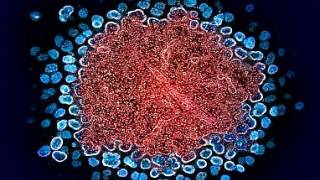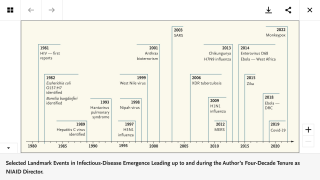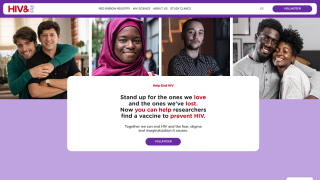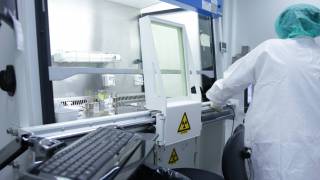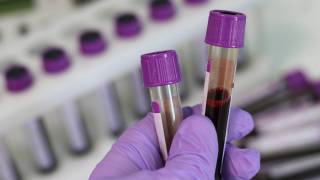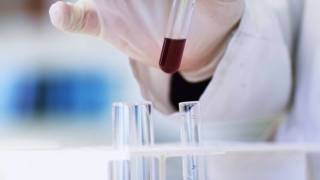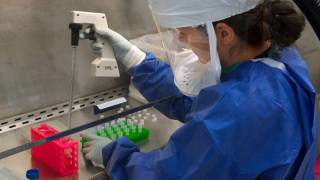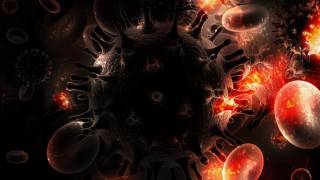HIV Vaccine Achieves Nearly 100% Immune Response Rate

A new HIV vaccine in human clinical trials has been reported to produce, amongst the highest overall levels of immune response rates, both cellular and humoral, ever demonstrated.
This vaccine candidate, PENNVAX-GP, consists of a combination of four HIV antigens designed to cover multiple global HIV strains.
PENNVAX-GP generates both an antibody (humoral) immune response as well as a T cell (cellular) immune response to both possibly prevent and treat HIV.
These preliminary results are from a study supported by the HIV Vaccine Trials Network (HVTN) and the National Institute of Allergy and Infectious Diseases (NIAID), part of the National Institutes of Health (NIH) in collaboration with Inovio Pharmaceuticals.
This breakthrough data was presented at a plenary session at the 2017 HVTN Spring Full Group Meeting on May 23 in Washington, D.C. by the Protocol Co-Chair of the HVTN 098 study, Dr. Stephen De Rosa, Research Associate Professor, Laboratory Medicine at the University of Washington and Fred Hutchinson Cancer Research Center.
Dr. De Rosa, said, “The preliminary results of HVTN 098 are remarkable for a number of reasons. In HVTN 098, nearly all individuals vaccinated with the regimens including IL-12 had detectable CD4 responses and over half had CD8 T cell responses. Similarly, the antibody response rate was 100% or close to 100% for several of the env antigens tested in the assay. Thus, these high response rates are exceptional.”
The development of Inovio’s PENNVAX-GP immunotherapy has been funded through a $25 million NIAID contract previously awarded in 2009 to Inovio and its collaborators. In addition, Inovio and its collaborators were awarded an additional five-year $16 million Integrated Preclinical/Clinical AIDS Vaccine Development (IPCAVD) grant in 2015 from NIAID.
According to the Center of Disease and Control and Prevention (CDC), in 2014, there were an estimated 37,600 new HIV infections, down from 45,700 in 2008. Gay, bisexual, and other men who have sex with men bear the greatest burden by risk group, representing an estimated 26,200 of these new HIV infections.
Additionally, an estimated 1.2 million people in the United States were living with HIV at the end of 2013. Of those people, about 13%, or 1 in 8, did not know they were infected.
HIV is a virus spread through certain body fluids that attacks the body’s immune system, specifically the CD4 cells, often called T cells. T cells are special cells that help the immune system fight off infections. Over time, HIV can destroy so many of these cells that the body can’t fight off infections and disease. Opportunistic infections or cancers take advantage of a very weak immune system and signal that the person has AIDS. Untreated, HIV reduces the number of CD4 cells (T cells) in the body.
The HIV Vaccine Trials Network (HVTN), headquartered at Fred Hutchinson Cancer Research Center in Seattle, Wash., is an international collaboration of scientists and educators searching for an effective and safe HIV vaccine.
Our Trust Standards: Medical Advisory Committee




